Arts & Culture
How Erin Douglas Cultivated an Inclusive Desert Community at Burning Man
Since 2018, the local artist's 'Black Burner Project' has been documenting people of color and driving inclusivity at the Nevada festival.
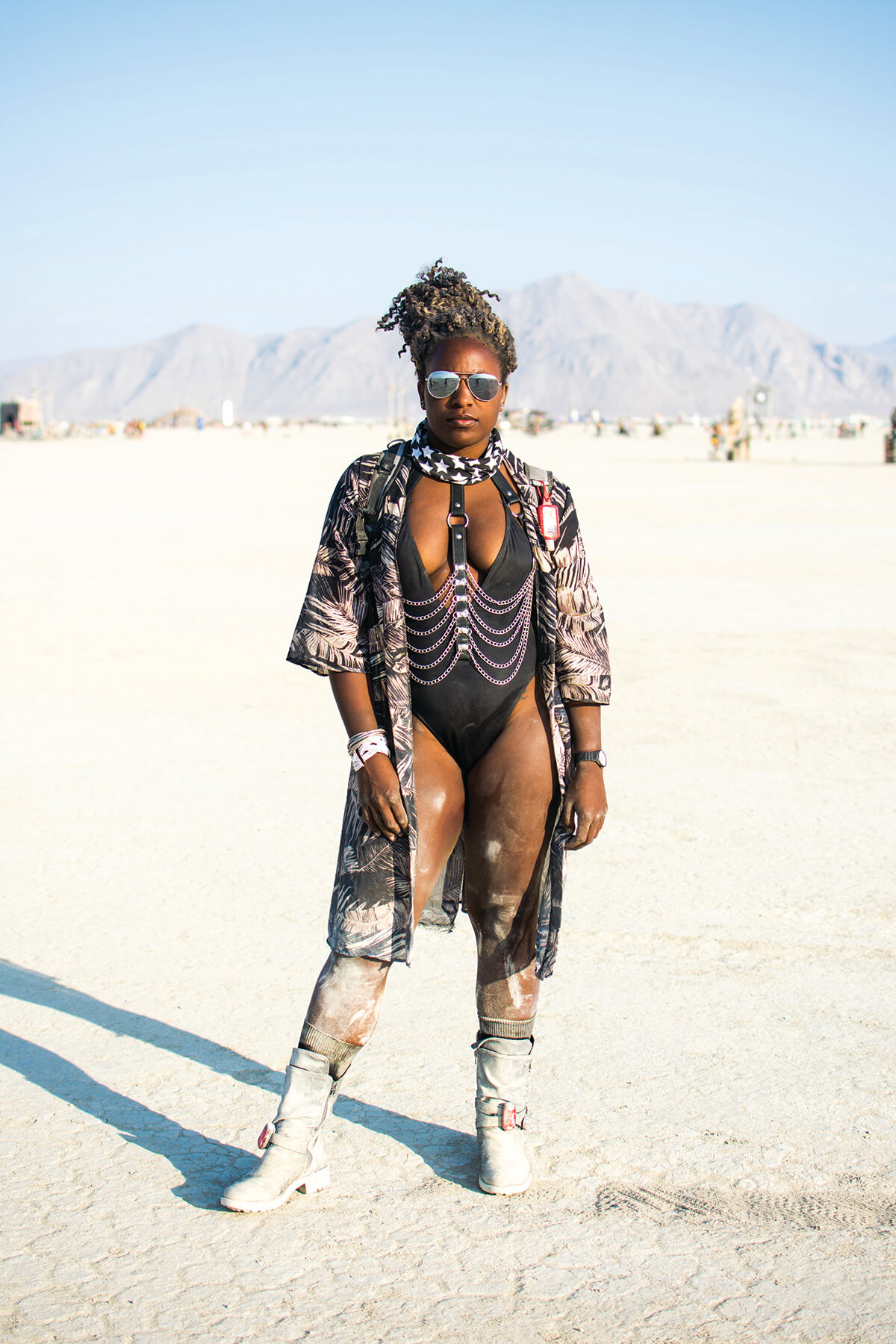
Each year, for nine intense days leading up to Labor Day, 80,000 visitors invade the Black Rock Desert, some 2,000 miles away from Baltimore in Nevada, to partake in the experiment of art and self-reliance known as Burning Man.
No money is exchanged among participants, who come bearing their own supplies of shelter, food, shade, water, and enough team-building savvy to collectively craft wooden effigies, sometimes as tall as 105 feet, which burn on the final nights to symbolize communal creativity.
Prior to her first visit in 2017, Baltimore artist Erin Douglas worried that she would feel isolated during the event.
“By then, I was used to traveling the world by myself,” says the photographer and journalist. “Sometimes, I was the only other Black woman that I would see on some of my trips, but even with that, I was really nervous about Burning Man. I thought that I would be the only Black person out there.”
In the end, thanks in part to Douglas’s friend group, the festival was more diverse than she expected, but the photographs that Douglas shared to social media upon her return home would trigger conversation among friends regarding race and inclusivity at Burning Man—an experience she describes, nonetheless, as “indescribable and beautiful.”
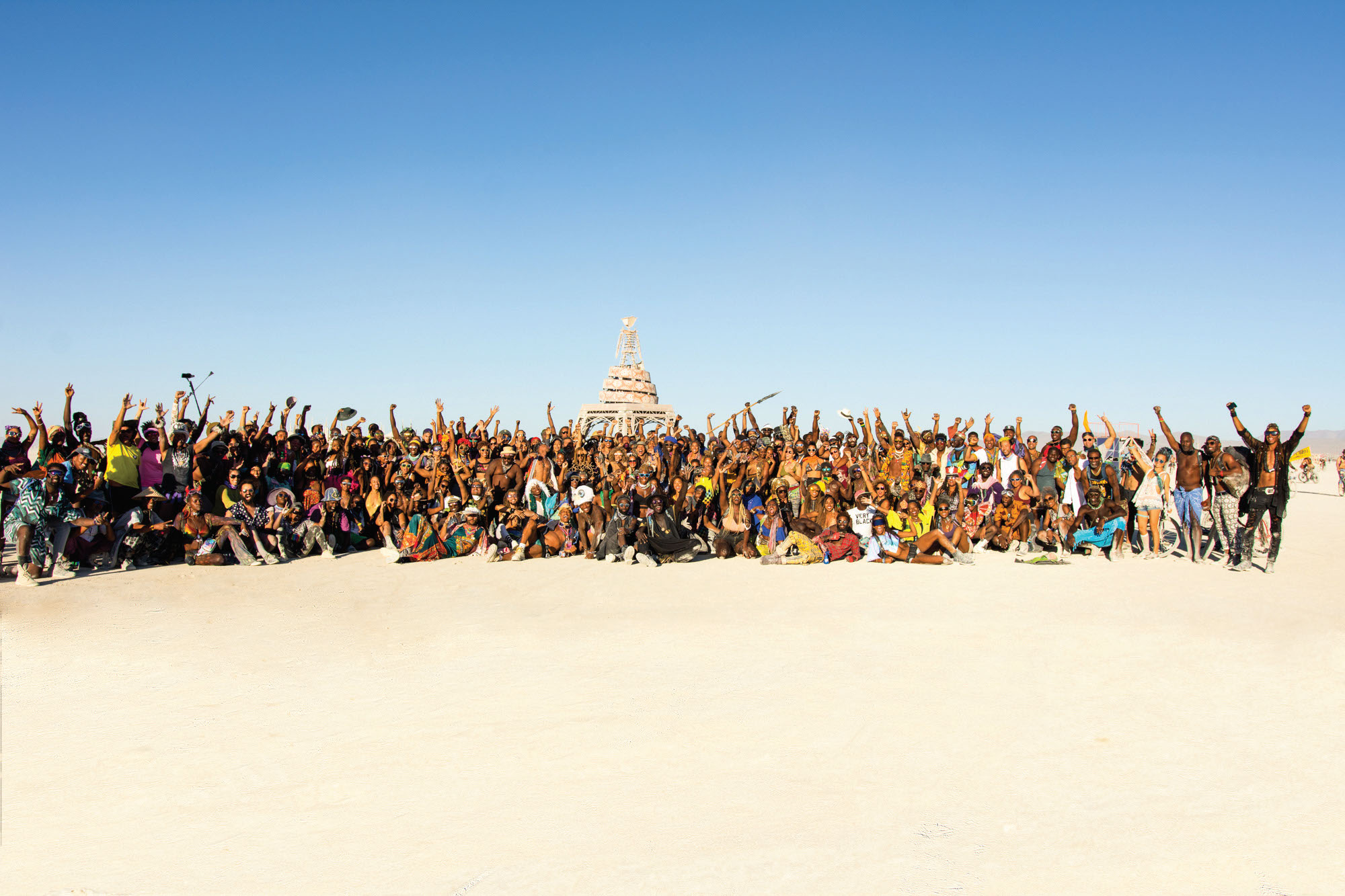
“People of color hadn’t gone because they didn’t see themselves there,” says Douglas. “I thought that was unfortunate. I thought, who might these people be if they had gone when they had actually wanted to go? Who would they know? Who would their friends be? For some, it’s a transformative experience.”
In 2018, Douglas returned with her camera and a plan to document the event’s Black and brown attendees. The response was overwhelming, and the Black Burner Project, which uses interviews and photographs to help drive inclusivity and further awareness at Burning Man, was christened with a photo shoot that she planned through word-of-mouth. Roughly 35 people showed up that first day. The next year, there were more than 200 participants.
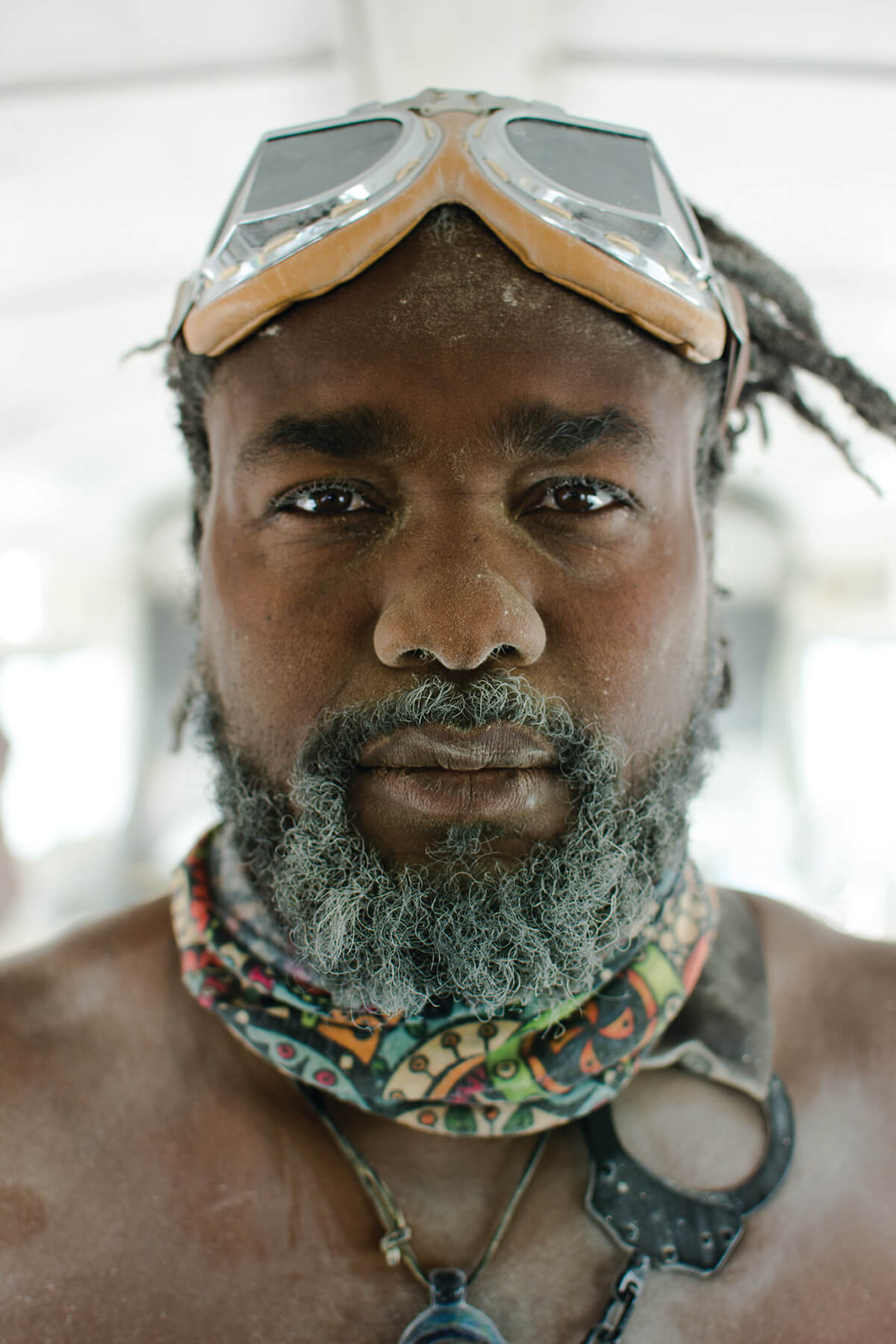
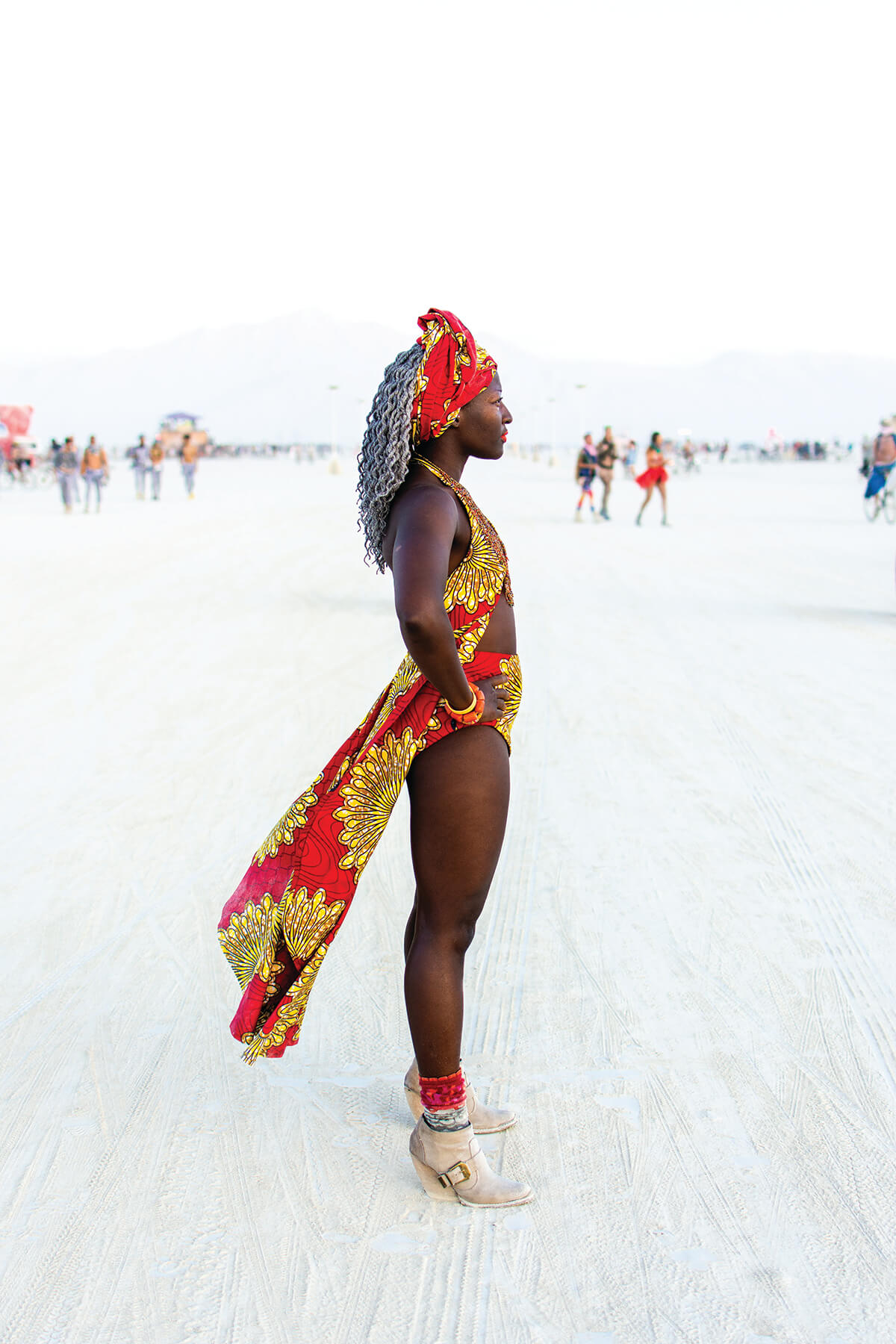
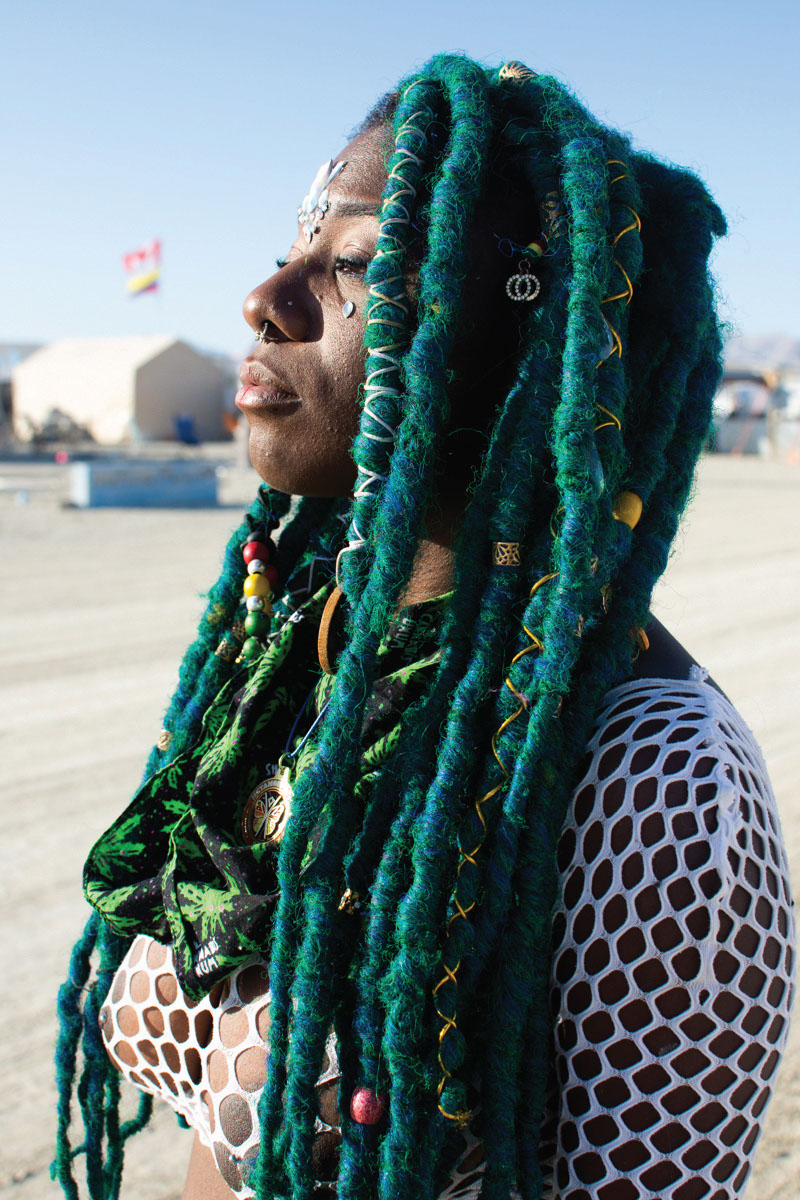
“People who didn’t know each other were embracing one another,” says Douglas. “This guy found me and hugged me. He was like, ‘I am so glad I came. I didn’t understand how much I needed to be here.’”
After a two-year hiatus due to the coronavirus pandemic, Burning Man is back this year, from August 28 to September 5. Douglas will also be back to photograph the event, as well as build her first large-scale art pieces—three 30-foot-tall billboards toting portraits of Black burners—one of the many individual projects that take place in addition to the main event. She hopes the projects will empower future travelers of all backgrounds to take up space and reckon with the unknown.
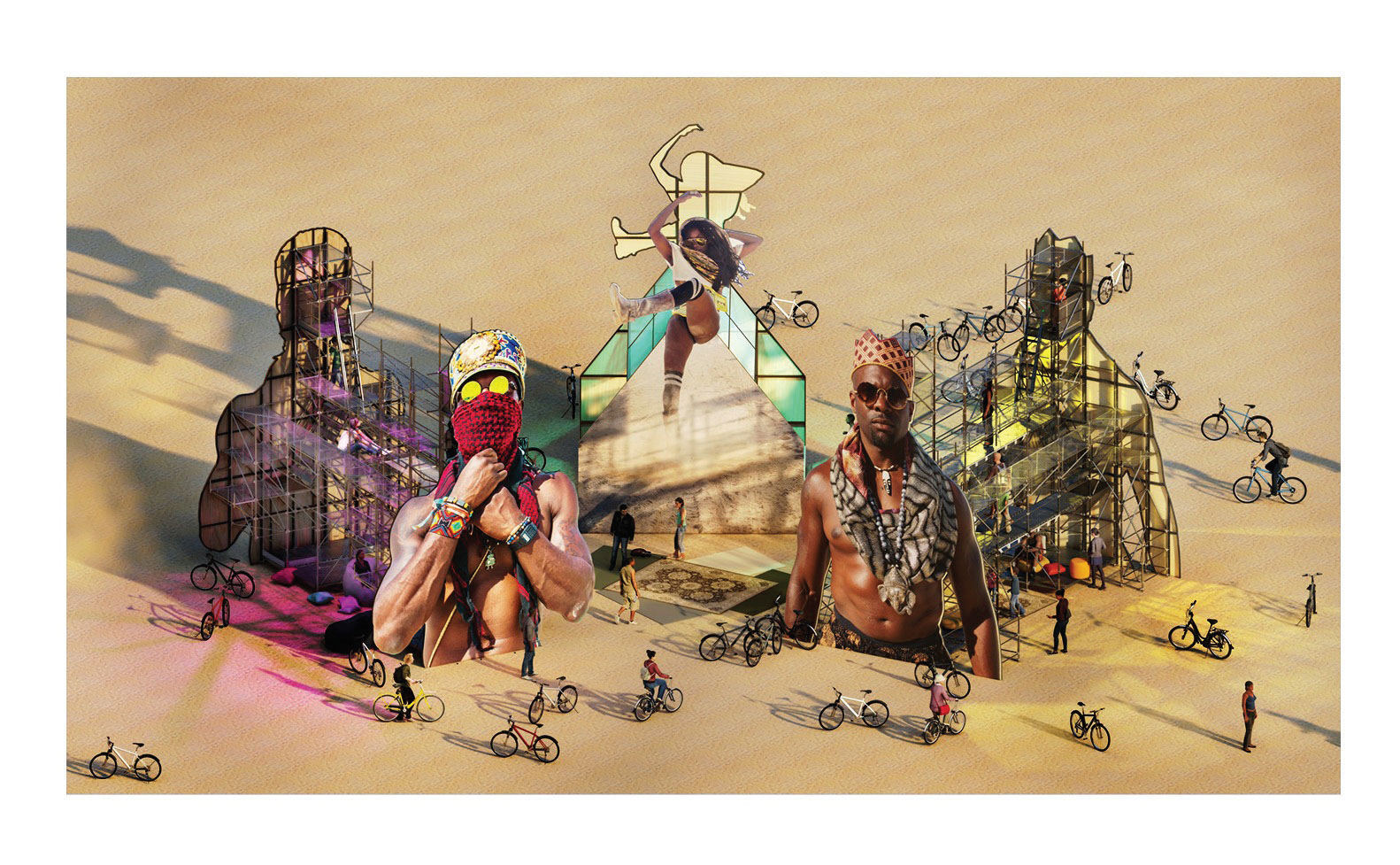
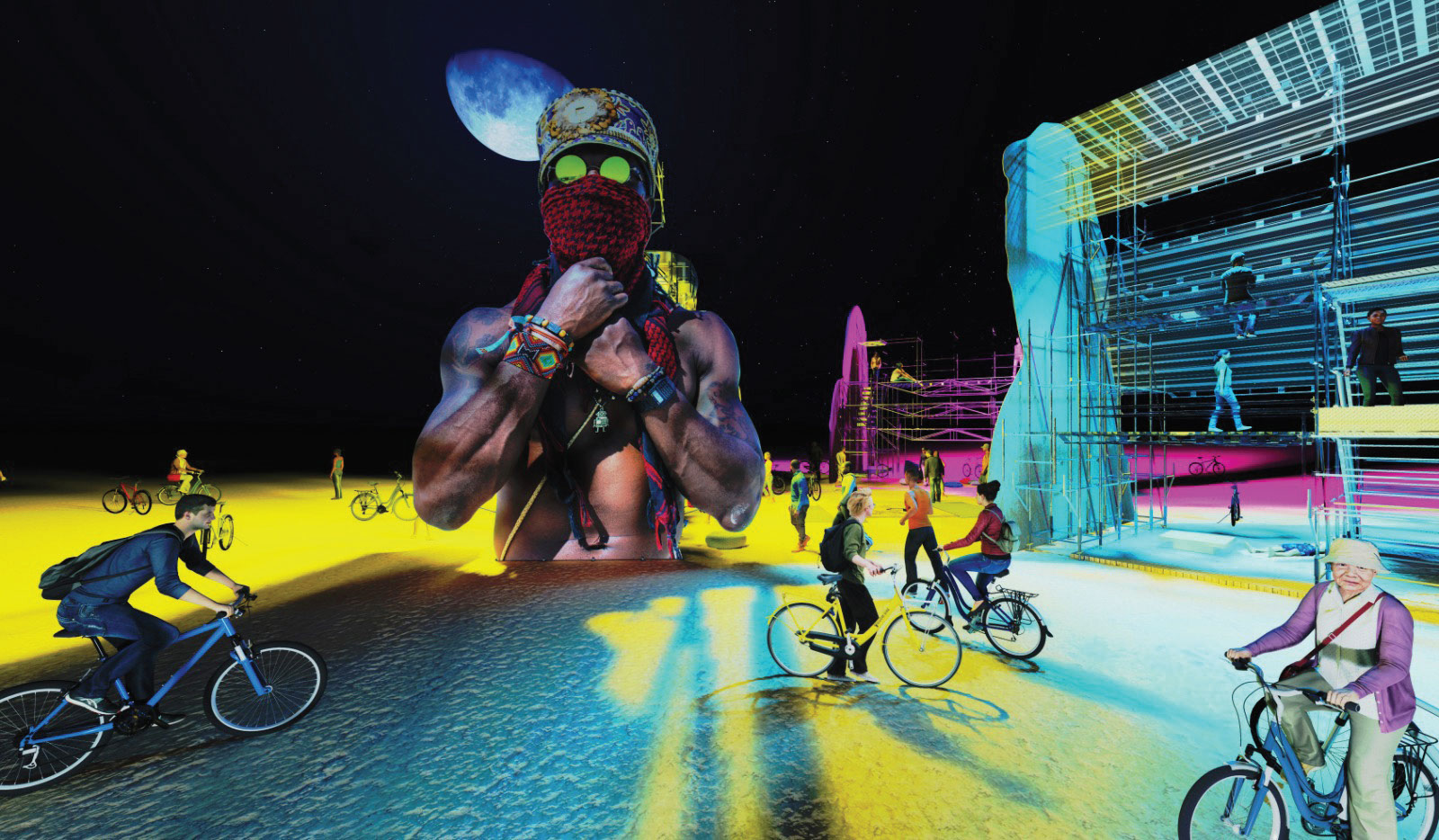
“I hope that it encourages people to step into spaces where they don’t see themselves and debunk the misconceptions about what we do or don’t do,” she says. “Most of the time, they aren’t true.”